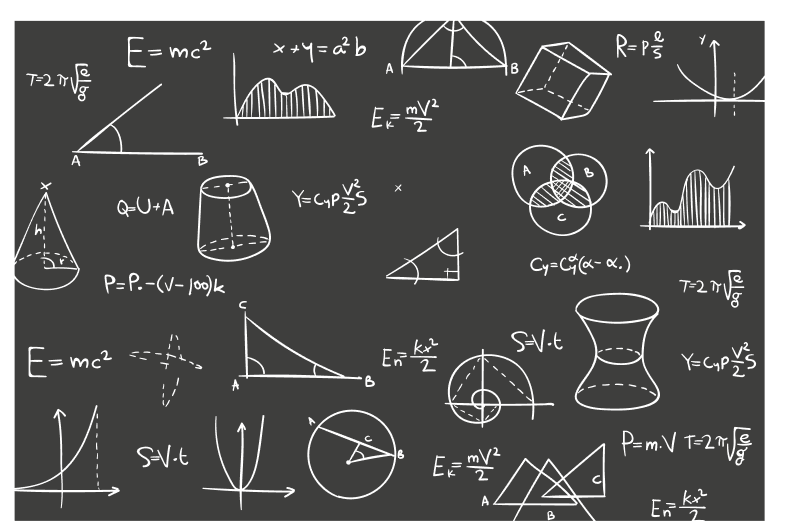Steps to use the RFM Calculator Tool

- Relative Fat Mass is based on height and waist circumference.
- Enter your height in the field marked as 'Your Height' either in feet/inches or cm. Select the unit appropriately.
- Enter your Waist circumference in cm or inches. You can use a measuring tape to measure your waist width.
- Gender field is optional. You can select Male or Female. Click on Calculate button
- Your Relative Fat Mass value is displayed in the output field in %. The tool also classifies you into Normal, Fitness, Athletic, Obese, Low level Fat.
- The tool also suggests what is the desired waist circumference for your height for you to be in 'fitness' category.
Find your Fat Level based on RFM Score
| Interpretation | Fat Level Men(%) | Fat Level Women(%) |
|---|---|---|
| Extremely low level of fat | < 2 | 10 |
| Essential fat | 2-5 | 10-13 |
| Athletes | 6-13 | 14-20 |
| Fitness | 14-17 | 20-24 |
| Average | 18-24 | 25-31 |
| Obese | 25+ | 32+ |
How to calculate RFM For Men and Women?

- Formula to calculate RFM for MEN:
RFM = 64 – (20 x height/waist circumference) - Formula to calculate RFM for WOMEN:
RFM = 76 – (20 x height/waist circumference) - UNIFIED formula
RFM = 64 − (20 × (Height ÷ Waist) ) + (12 × Gender) Gender = 0 for male and 1 for female.
What is Relative Fat Mass?

- RFM or Relative Fat Mass is a method for assessing body fat percentage
- RFM takes into account height and waist circumference to estimate body fat percentage, making it a potentially more accurate alternative to other methods such as body mass index (BMI)
- Unlike BMI, which uses weight and height, RFM takes into account waist circumference, which is a better indicator of visceral fat or fat around the organs, which is associated with health risks.
- RFM has been shown to be a useful tool for assessing body fat percentage across different populations, including children, adults, and older adults.
- RFM is simple and easy to measure without need for sophisticated equipments.
Recommended Waist to Height RFM Chart
This is only an indicative reference and calculated using RFM Fitness Level Range (which is 14 - 17% for men and 20 - 24% for women)
| Height (ft-in / cms) | Height (cm / m) | Waist (in/cm) Male | Waist (in/cm) Female |
|---|---|---|---|
| 2 ft 10 in / 34 in | 86 cm / 0.86 m | 14 in / 36 cm | 12 in / 32 cm |
| 3 ft 1 in / 37 in | 94 cm / 0.94 m | 15 in / 40 cm | 13 in / 35 cm |
| 3 ft 2 in / 37 in | 97 cm / 0.97 m | 16 in / 41 cm | 14 in / 36 cm |
| 3 ft 5 in / 41 in | 104 cm / 1 m | 17 in / 44 cm | 15 in / 39 cm |
| 4 ft 6 in / 54 in | 137 cm / 1.37 m | 23 in / 59 cm | 20 in / 52 cm |
| 4 ft 10 in / 58 in | 147 cm / 1.47 m | 24 in / 63 cm | 21 in / 55 cm |
| 4 ft 11 in / 59 in | 150 cm / 1.5 m | 25 in / 64 cm | 22 in / 56 cm |
| 5 ft / 60 in | 152 cm / 1.52 m | in 26 / 66 cm | 22.4 in / 57 cm |
| 5 ft 1 in / 61 in | 155 cm / 1.55 m | 26.4 in / 67 cm | 22.8 in / 58 cm |
| 5 ft 2 in / 62 in | 157 cm / 1.57 m | 26.7 in / 68 cm | 23 in / 59 cm |
| 5 ft 3 in / 63 in | 160 cm / 1.6 m | 27 in / 69 cm | 23.6 in / 60 cm |
| 5 ft 4 in / 64 in | 163 cm / 1.63 m | 27.5 in / 70 cm | 24 in / 61 cm |
| 5 ft 5 in / 65 in | 165 cm / 1.65 m | 27.9 in / 71 cm | 24.4 in / 62 cm |
| 5 ft 6 in / 66 in | 168 cm / 1.68 m | 28 in / 72 cm | 24.8 in / 63 cm |
| 5 ft 7 in / 67 in | 170 cm / 1.7 m | 28.7 in / 73 cm | 25 in / 64 cm |
| 5 ft 8 in / 68 in | 173 cm / 1.73 m | 29 in / 74 cm | 25.5 in / 65 cm |
| 5 ft 9 in / 69 in | 175 cm / 1.75 m | 29.9 in / 76 cm | 25.9 in / 66 cm |
| 5 ft 10 in / 70 in | 178 cm / 1.78 m | 30.3 in / 77 cm | 26 in / 67 cm |
| 5 ft 11 in / 71 in | 180 cm / 1.8 m | 30.7 in / 78 cm | 26.7 in / 68 cm |
| 6 ft / 72 in | 183 cm / 1.83 m | 31 in / 79 cm | 27 in / 69 cm |
| 6 ft 1 in / 73 in | 185 cm / 1.85 m | 31.4 in / 80 cm | 27.5 in / 70 cm |
| 6 ft 2 in / 74 in | 188 cm / 1.88 m | 31.8 in / 81 cm | 27.9 in / 71 cm |
| 6 ft 3 in / 75 in | 191 cm / 1.91 m | 32 in / 82 cm | 28 in / 72 cm |
| 6 ft 4 in / 76 in | 193 cm / 1.93 m | 32.6 in / 83 cm | 28.7 in / 73 cm |
| 6 ft 5 in / 77 in | 196 cm / 1.96 m | 33 in / 85 cm | 29 in / 74 cm |
| 6 ft 6 in / 78 in | 198 cm / 1.98 m | 33.8 in / 86 cm | 29.5 in / 75 cm |
| 6 ft 7 in / 79 in | 201 cm / 2.01 m | 34 in / 87 cm | 29.9 in / 76 cm |
| 6 ft 8 in / 80 in | 203 cm / 2.03 m | 34.6 in / 88 cm | 30 in / 77 cm |
| 6 ft 9 in / 81 in | 206 cm / 2.06 m | 35 in / 89 cm | 30.7 in / 78 cm |
| 6 ft 10 in / 82 in | 208 cm / 2.08 m | 35.4 in / 90 cm | 31 in / 79 cm |
| 6 ft 11 in / 83 in | 211 cm / 2.1 m | 35.8 in / 91 cm | 31.4 in / 80 cm |
Frequently Asked Questions on Relative Fat Mass Calculator

What does RFM stand for?
RFM stands for Relative Fat mass.
It predicts the percentage of fat using waist and hip dimensions
Which is better RFM or BMI?
There are many scientific studies and research that have been conducted across different age groups to determine which is more accurate.
Most agree that RFM predicts the body fat (BF) more accurately than BMI.
How is RFM calculated?
It uses the height and waist circumference as the base measures and then the following equation is used.
The equation changes based on gender.
Male: 64 – (20 x height/waist circumference).
Female: 76 – (20 x height/waist circumference).
Unified formula.
RFM = 64 − (20 × (Height ÷ Waist) ) + (12 × Gender).
Gender = 0 for male and 1 for female.
Height in meters and Waist circumference in meters.
We can use feet/inches or cms but height and waist should use same unit.
What is the use of RFM?
By measuring body fat with your height and waist, it can forewarn on potential health risks.
This is also a useful tracker for those trying to shed weight or gain weight and lets them know if they are on track and when to stop.
How can Relative fat mass determine health risks?
By using height and waist dimensions that are easily measurable, we can monitor our body fat % from time to time.
This will alert us whenever we are in threshold of over weight/ obese category.
Corrective measures can be taken immediately.
A high fat mass percentage RFM can lead to diabetes and heart / cardio vascular diseases and other medical conditions.
What value of RFM will make a person go into Obese or Overweight category?
If RFM % is greater than 35% in Women and 25% in Men, then they are considered as Obese.
What RFM indicates healthy fat distribution?
For men, in the range 6-25%.
For women, in the range 15-30%
What does very Low RFM indicate?
It indicates less fat / adipose tissue in the body.
Fat is potential energy stored by the body
It also keeps the body warm. Low fat can also lead to issues such as low energy, skin , eye problems, cell growth inhibition and so on...
Low RFM is < 5% in men and < 10% in women.
Can RFM be used as a measure across all age groups?
It is mostly used for adults age group > 20.
It has not been proven yet for those below 20 (children and adolescents).




